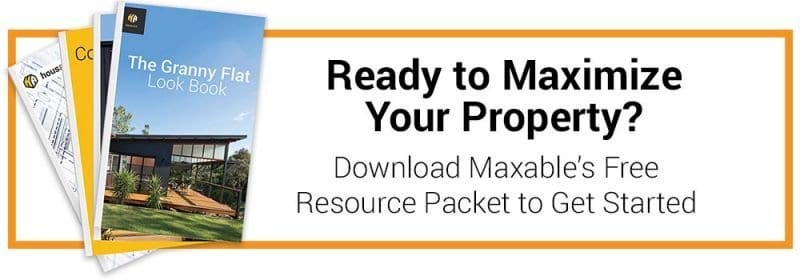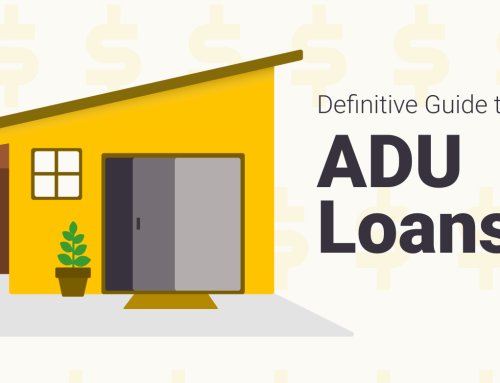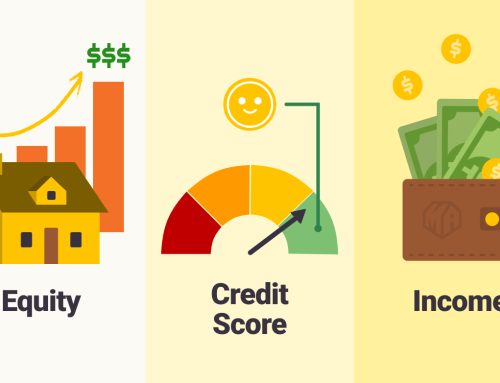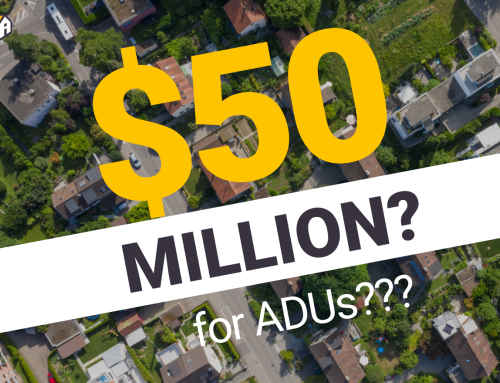Are you worried about the tax implications of a granny flat build?
In this article we’ll cover:
- How Prop 13 applies to granny flats
- Reassessed home values after new construction
- Tax implications for retrofitting an existing structure
- Bringing an existing unpermitted accessory dwelling unit up to code
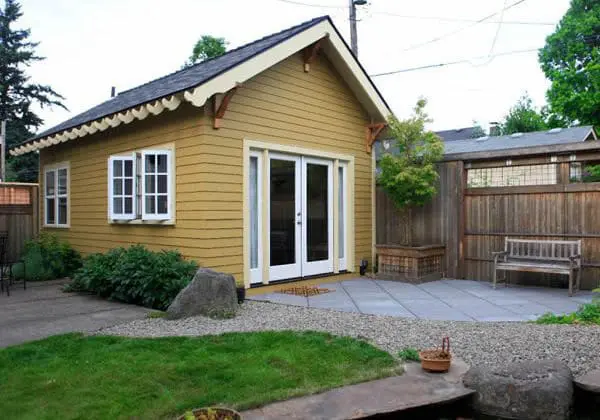
Proposition 13
Proposition 13 sets the property tax rate at 1% for all California property and annual tax increase are limited to no more than two percent set by the Consumer Price Index (CPI). When someone sells their home or adds new construction, like a granny flat, that triggers a reassessment of the value of the property.
Eeek! You might be thinking — I bought my house in 1980 and haven’t had it reassessed since. Will my whole property be reassessed if I build a granny flat?
No.
The state will do what’s called a blended assessment.
What is a Blended Assessment?
A blended assessment means the base value of the existing house will stay the same. Your accessory dwelling unit’s additional value at the current market rate will be added to the existing home’s value.
Once everything is added together there will be a 1% tax rate added to that amount.
Let’s look at an example.
A home purchased in 1990 for $100,000 has a base value of $156,000 (from Prop 13’s 2% increase). Let’s say you then build an accessory dwelling unit valued at $75,000.
You would add $156,000+$75,000=$231,000
So $231,000 is the new assessed value of the home.
Does Prop 13 Apply to Granny Flats?
Yes. The assessed value set when the granny flat is added to the property will be taxed at 1% and up to 2% annually based on CPI.
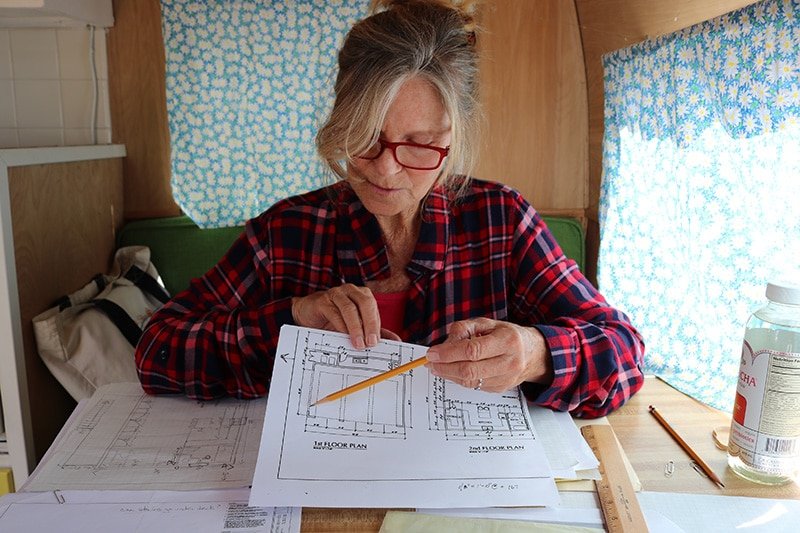
Property Tax Implication Examples in California:
New Granny Flat: Property Tax Implications
A new structure that will be assessed at the market value of a new unit with similar structure (example: your unit cost 100,000 to build, but comparable units are estimated at 80,000. The property would still only be assessed at 80,000.)
Retrofit a Current Structure, Like a Garage: Property Tax Implications
A prime example of a garage conversion, if you plan to build a conversion space, but your garage is already assessed. The city would instead evaluate the added value of your conversion, but not the structure.
It’s much like a remodel of your kitchen or bathroom. Additional square footage would be assessed per state law. As with a new build, the assessment would be at market value.
Bringing an Unpermitted Structure Up to Code: Property Tax Implications
With an unpermitted unit, the assessor will evaluate the entire unit. If your granny flat was included in your original assessment, there wouldn’t be any change to your value.
In the situation where your additional unit was not included in your assessment, they would assess for market value and depreciation of the unit. In this scenario, you may be liable for back taxes valued at the original market value.
Back taxes are limited to a statute of limitations of 8 years.
Read more about how to make an unpermitted dwelling legal here.

How to Maximize Your Tax Deductions for a Granny Flat
If you plan to rent your granny flat for passive rental income consider creating an LLC around your rental. This allows you to deduct any expenses you incur including the construction of your unit.
It’s also a big risk mitigator.
An LLC will limit your personal responsibility and damages that can be awarded to the tenant in court. They are also relatively easy to manage and create. An LLC is created much faster than other business models. When you file taxes, you do so normally.
This is a great benefit to having the protection of a business, but get taxed at an individual rate.
Benefits of setting your rental up as a business:
- Limited liability
- Protection if your insurance fails to safeguard all situations.
- The ability for more tax write-offs.
- Fewer regulations than a sole proprietorship or corporation.
- Taxation at the individual level, as opposed to double taxation for other business types.
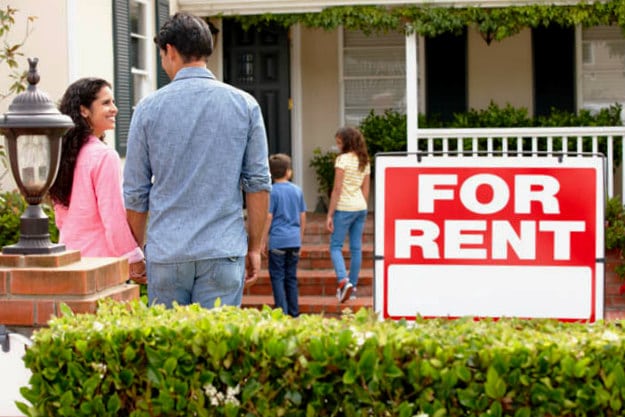
If You Rent Your Granny Flat
The expenses of building a new ADU, including all materials, plans, permits, etc., will qualify to be depreciated as real property.
You can start depreciating as of the date the unit is available for rent or is rented. If the ADU is used for a traditional rental, the income and expenses will be reported annually on Schedule E of the taxpayer’s tax returns.
Short-Term Granny Flat Rentals
If it is used for short-term rentals, as with an Airbnb or other arrangements where the average rental is 7 days or less, then the ADU is no longer a rental real estate activity for tax purposes.
Instead, it is covered by the same rules that hotels and traditional bed-and-breakfast establishments are subject to. You’ll probably find yourself reporting all income and expenses on Schedule C, and if you have a profit, you may well be subject to self-employment taxes as well as ordinary income tax.
Have more questions about how to get started on your granny flat? Book a consultation with Maxable Space and we’ll help answer all your granny flat questions. Plus, we’ll make recommendations to help you maximize your project!
Plan, hire, and manage your ADU project with Maxable.
At Maxable, we believe that building an ADU should be fun and exciting. You shouldn’t have to be the one to deal with confusing obstacles like permitting snafus or ever-changing regulations. We’ll be by your side every step of the way and connect you to experienced designers and general contractors in your area to make sure your project goes as smoothly as possible.
Leave the headaches to us! Check your address and see what Maxable can do for your home during a free ADU Planning Call.


